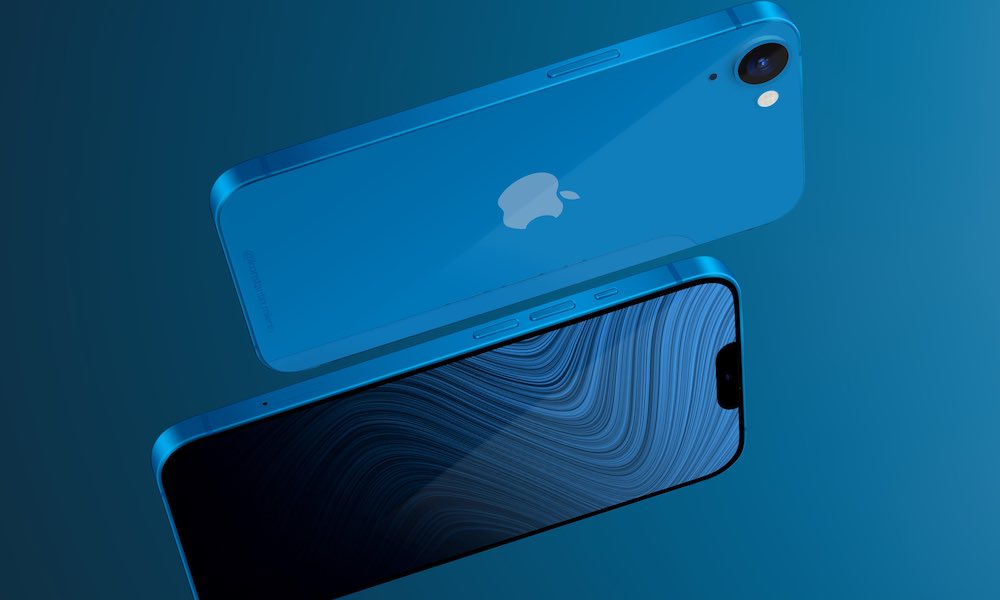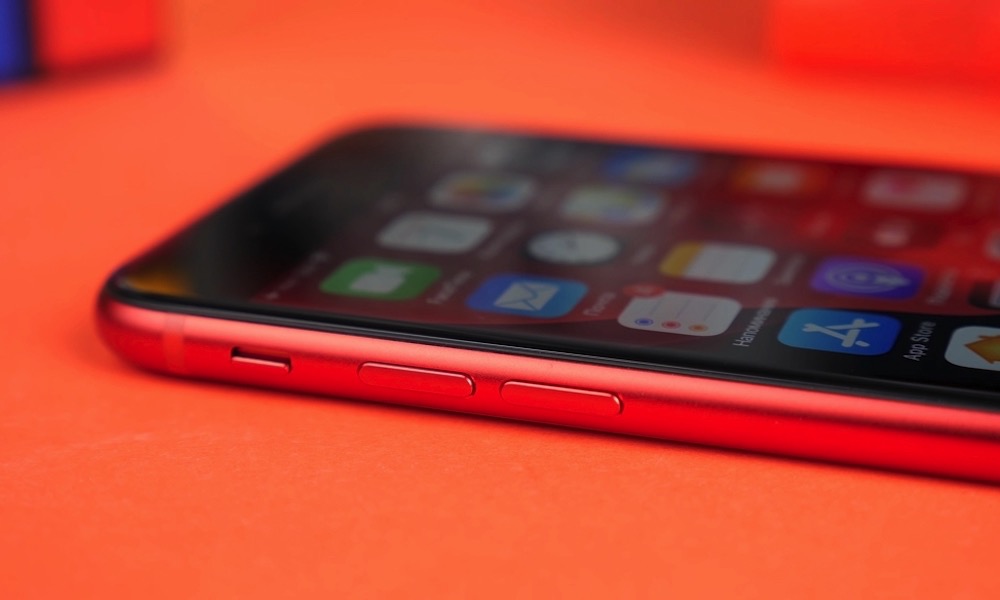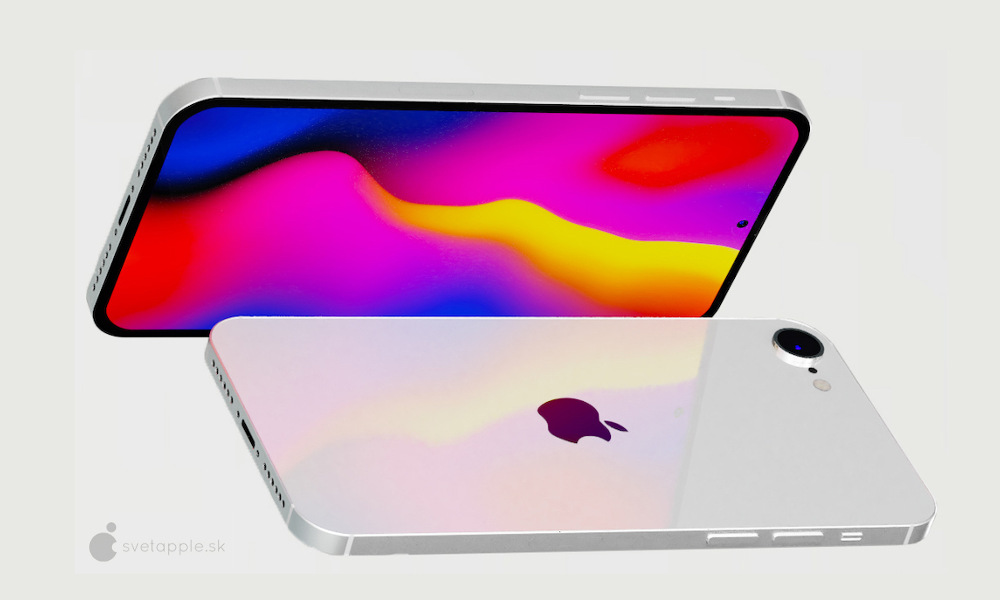The Next-Gen iPhone SE Is Back on Track | Here’s What to Expect
 Credit: Konstantin Milenin / Twitter
Credit: Konstantin Milenin / Twitter
Toggle Dark Mode
Following a December report that Apple had shelved its plans for a new iPhone SE, it appears the next generation of Apple’s wallet-friendly iPhone is back on track after all — and it may even include a few surprising twists.
According to reliable analyst Ming-Chi Kuo, who first shared the news of Apple’s reluctance to continue development of the iPhone SE, the company has decided to restart the “iPhone SE 4,” and it could turn out to be the proving ground for the 5G modem chip that Apple has been working on for the past few years.
While early reports suggested the new chip would be ready for this year’s iPhone 15 lineup, it’s now not expected to arrive until sometime in 2024. While it’s also possible that the “iPhone 16” series could also adopt it, the iPhone SE is typically released in the spring, which would put it out in front, providing a good opportunity for Apple to field test the chip before deploying it in its premium iPhone models.
While Kuo doesn’t come right out and say it, the implication is that Apple may not deploy its new modem chip into the flagship lineup until 2025, when the iPhone 17 comes along. Instead, Kuo notes that if everything goes smoothly with the iPhone SE next year, the iPad and Apple Watch will “soon abandon Qualcomm’s baseband chips, too.”
Kuo cites “lower technical requirements” as the reasoning for this, which sounds right. The iPhone SE doesn’t presently support the faster mmWave frequencies used in Apple’s flagship models, and Kuo indicates that he expects this to continue with the next-generation iPhone SE.
What to Expect from the ‘iPhone SE 4’
In addition to ditching Qualcomm’s Snapdragon chips in favour of Apple’s first custom 5G modem chip, the next-generation iPhone SE may finally deliver several of the more exciting design changes we’ve been anticipating for the past few years.
Many insider sources predicted a 2023 iPhone SE that would eliminate the home button and incorporate an edge-to-edge display. Rather than adopting Face ID, the iPhone SE would stick with Touch ID, but move the sensor to the side button, much like Apple first did with the 2020 iPad Air, 2021 iPad mini, and 2022 iPad.
Instead, what we ended up with was a 2022 third-gen iPhone SE model that bore a striking resemblance to its 2020 predecessor. While Apple made it more durable and packed in the latest A15 chip, the most significant difference was the addition of 5G support, which was also likely the main reason for its existence.
Following that release, there was some debate about whether the iPhone SE was a dud in terms of sales, leading Apple to question whether it should continue to forge ahead with its development. Of course, it’s understandable that most folks weren’t too excited by what turned out to be a modestly-upgraded two-year-old iPhone design. Despite the hype around 5G, it hasn’t been a major selling point for most consumers — especially those in the market for budget phones.
Thankfully, it looks like Apple has rethought this and put the iPhone SE back on the table with a much more exciting version in store.
If Kuo’s information is correct, next year’s “iPhone SE 4” will not only include Apple’s 5G modem chip and the new design we’ve been waiting for, but an even bigger change will be something we weren’t even expecting: the move to an OLED display.
According to Kuo, the new iPhone SE is expected to be “a minor modification of the 6.1-inch iPhone 14,” at least in terms of the overall design. However, with the cost of the TrueDepth camera system that powers Face ID, it’s doubtful that the iPhone SE will get Face ID, in which case there would be less reason for a notch. Whether Apple would choose to include one in the name of consistency is another matter. Still, with the entire iPhone 15 lineup expected to adopt the Dynamic Island, Apple has a more open playing field when it comes to screen designs.
Beyond the screen and modem chip, it’s a safe bet that the new iPhone SE will include the same A-series chip as the upcoming iPhone 15. If Apple follows suit from last year, that will likely be the A16 Bionic used in this year’s iPhone 14 Pro lineup, as the iPhone 15 gets that chip and the iPhone 15 Pro moves on to a new A17.
[The information provided in this article has NOT been confirmed by Apple and may be speculation. Provided details may not be factual. Take all rumors, tech or otherwise, with a grain of salt.]








